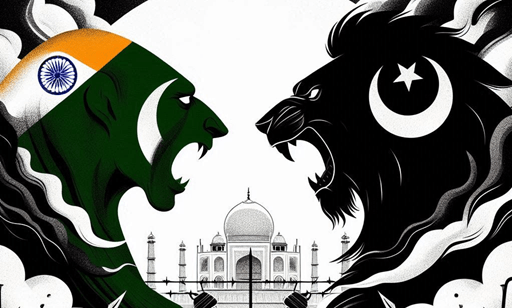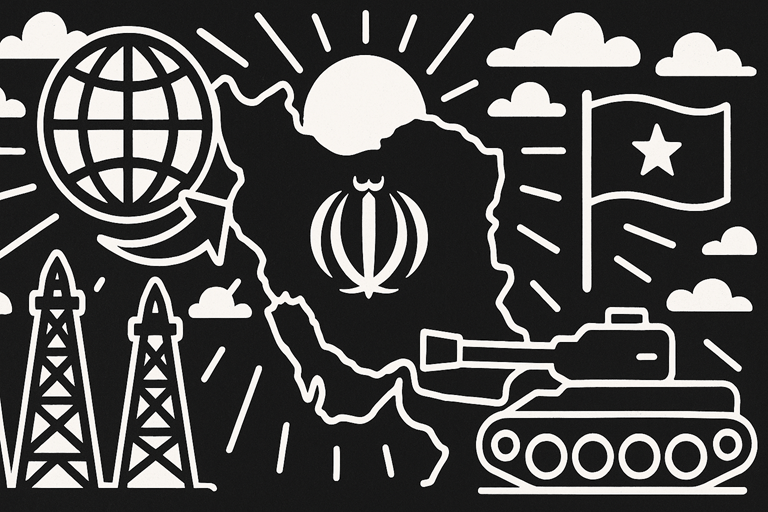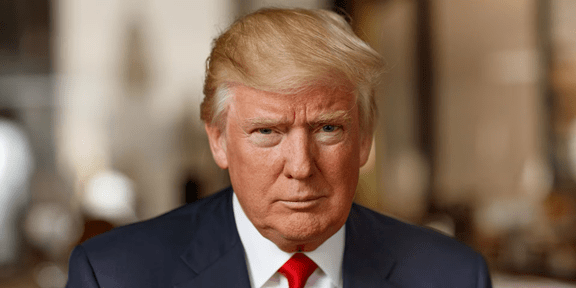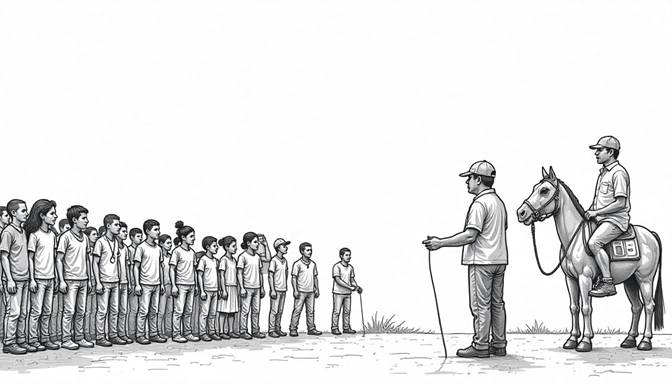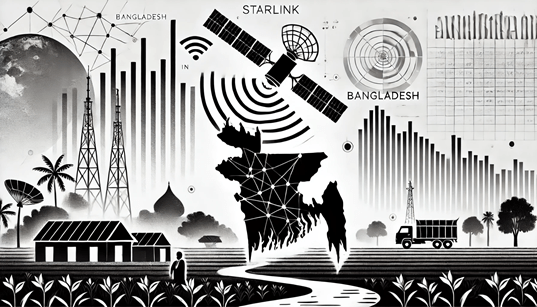Western countries talk a big game, but the truth is, they’re not the perfect example they claim to be. Their democracies are breaking down, their economies are out of control, and their focus on personal freedom has become selfishness. And because they’re so powerful, when they mess up, the whole world suffers—floods, job losses, political unrest, and more. But it’s not too late. If we get real, make hard decisions, and push for real change, things can get better. This isn’t about tearing the West down—it’s about holding them to their own standards. Because if they don’t get it together soon, we’re all going to pay the price. Time’s running out.
Read moreCategory: America
News and Analyses of events in the America region
Trump’s Tariff Tango – Dancing Through Economics and Global Power Plays
Beyond economics, tariffs were geopolitical grenades. The US-China trade war, starting in 2018, strained relations, with tariffs on $550 billion of Chinese goods met by China’s $185 billion retaliation, per the note, though standard figures suggest $360 billion and $110 billion, respectively. This wasn’t just trade; it fueled tech bans on Huawei and tensions in the South China Sea, pushing China to cozy up to Asia-Pacific via the Belt and Road Initiative. The IMF noted global GDP took a 0.3% hit from these tariffs, half from confidence effects (The Impact of US-China Trade Tensions – IMF).
Read moreIndia-Pakistan’s Deep-Rooted Rivalry Shaping South Asia
The ongoing tension between India and Pakistan isn’t just a political and military issue—it carries a massive economic price tag. Research shows that if both nations normalized trade, Pakistan’s exports could surge by 80%, adding a potential $25 billion to its economy based on 2022 figures. India alone accounts for 85% of Pakistan’s untapped trade potential, making the economic loss even more glaring.
Read moreIran’s Geopolitical, Geoeconomic, & Geostrategic Importance in the Trump Era
On the international stage, sanctions have isolated Iran, limiting its ability to trade and access global financial markets. However, Iran has found ways around some restrictions, particularly by selling oil to China, one of its most important trade partners. Iran also works closely with Russia, especially in Syria, and has some potential opportunities to improve relations with European countries
Read moreTrump’s Geopolitics in a 2nd Term is a Strategic Reckoning
Trump’s foreign policy, outlined in the Interim National Defense Strategic Guidance, represents a bold shift in American power. By focusing on China and the Indo-Pacific, he aims to address what he sees as the biggest geopolitical challenge of the 21st century, believing that pulling back from other regions will be worth it.
Read moreDemocracy for All and Reimagining Bangladesh’s Electoral System
Bangladesh became an independent country in 1971 after a tough fight for freedom. Since then, it has struggled to build a strong democracy. The country’s voting system, which is supposed to be the foundation of its democracy, has instead become a source of problems and frustrations, showing both the hopes and difficulties of its people….
Read moreHow Greenland Becomes the Icy Prize Trump Wants, Denmark Can’t Unlock, and the World Can’t Ignore
Trump’s idea is really stirring things up. It If the U.S. took control, it could turn the Arctic into a military area, angering Russia, which has a large fleet there. It could boost mining and possibly double Greenland’s economy in ten years, but it could also harm the environment—melting ice already releases 400 billion tons of water into the sea each year. Denmark could suffer, losing 1% of its economy tied to Greenland, which might lead to a nationalist reaction. Globally, it could make taking land seem acceptable again, weakening international rules. For Greenland, it could speed up the push for independence to avoid U.S. control, but without Danish financial support, its fishing industry wouldn’t be enough to survive.
Read moreA Closer Look at China-Bangladesh Relations through the Joint Press Release
Behind the promises of cooperation, China has its own long-term goals. One key objective is securing a strong position in the Bay of Bengal. By modernising Mongla Port and expanding BRI-related projects, China is making sure it has better trade and possibly even military access to the Indian Ocean. The statement’s talk about “smart port construction” and “logistics connectivity” could mean that China is planning to develop dual-use infrastructure, similar to what it did in Gwadar (Pakistan) and Hambantota (Sri Lanka). This could make Bangladesh a central part of China’s regional strategy, but it also risks dragging Dhaka into the China-India rivalry.
Read moreStarlink in Bangladesh: The Intersection of Technology, Geopolitics, and Economic Goals
Starlink’s impact on Bangladesh could go in different directions. In a best-case scenario, it could help close the digital gap, connecting 20 million rural homes by 2030. This would boost freelance earnings by $5 billion by 2030 and increase GDP growth by 1.5% annually. However, there is also a risk that China could respond by pulling back from BRI projects, while India might tighten border security. Domestically, Starlink’s high cost could deepen economic inequality, making internet access even more of a privilege.
Read moreThe Gaza Conundrum and the Threads of Conflict
For decades, Palestinians have turned to the UN for support, but its resolutions often go nowhere. The U.S. has vetoed 46 Security Council measures critical of Israel since 1972, continuing this trend in 2025. Meanwhile, Russia and China use the conflict to challenge Washington. The 2002 peace roadmap stalled due to mistrust, and past negotiations—like the Oslo Accords (1993) and Camp David (2000)—collapsed over disputes about Jerusalem and Israeli settlements. The 2020 Abraham Accords improved Israel’s ties with the UAE and Bahrain but ignored Palestinian concerns, offering diplomacy without a real solution. Without strong enforcement or genuine compromise, these efforts remain empty gestures.
Read more


